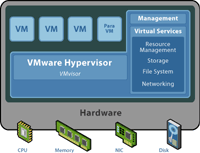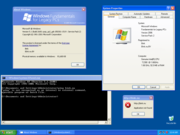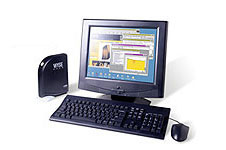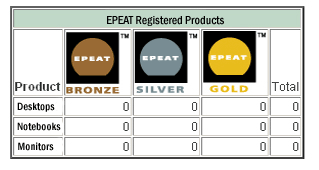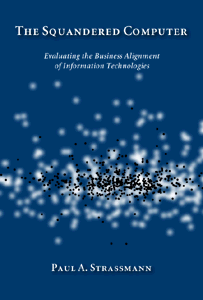 For being a relatively new field of interest, green computing certainly has had a number of books written on the topic. Here are two that I have found in my travels.
For being a relatively new field of interest, green computing certainly has had a number of books written on the topic. Here are two that I have found in my travels.The Squandered Computer - This one apparently fulfills a prophecy from the Wall Street Journal in 1996, which stated:
"In the near future somebody will write a book about how executives in the 1990's spent too much money on information technology because they were afraid to manage it properly. They put their trust in technological experts to deliver business value from I.T. investments."
Ahem. Yes. This one is full of little horror stories about the pure madness of the situation.
Made to Break - Another fun little number that concentrates on the planned obsolescence of the whole shebang. Deeply examines how waste actually got started in america with safety razors and paper shirt collars in the 19th century.
















